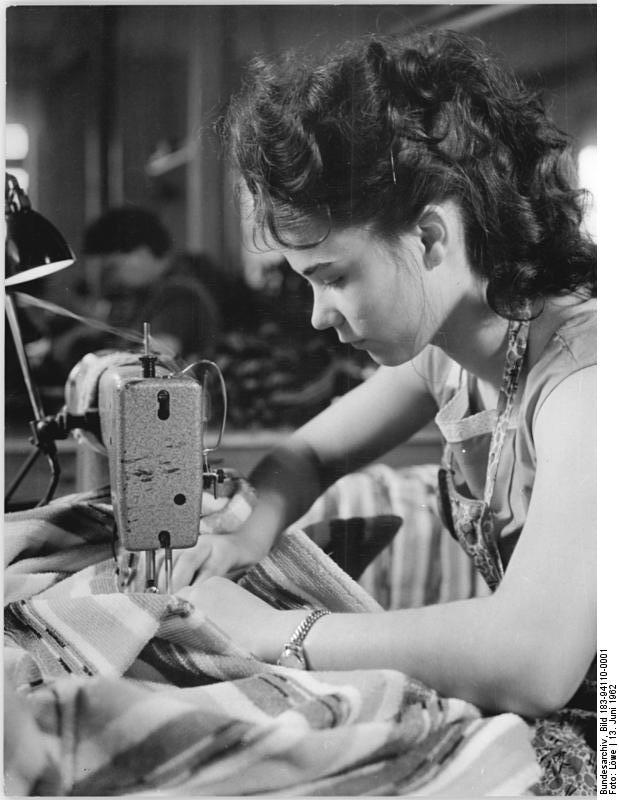Pattern drafting is the process of creating a blueprint for garments using precise body measurements and design sketches. It’s a foundational skill in fashion design that transforms creative ideas into wearable clothing.
Here’s a structured breakdown of what pattern drafting involves:
What Is Pattern Drafting?
-
Definition: Pattern drafting is the technique of drawing garment templates (called patterns) on paper based on body measurements and design sketches. These templates guide the cutting and assembly of fabric pieces into a finished garment.
-
Purpose: It bridges the gap between a designer’s vision and the actual construction of clothing. It ensures garments fit well, maintain design integrity, and can be replicated consistently.
Key Methods of Pattern Drafting
-
Flat Pattern Drafting:
-
Uses basic block patterns (called slopers) that fit the body closely with minimal ease.
-
Designers modify slopers by adding design elements like darts, pleats, or fullness to create new styles.
-
Ideal for structured garments and precise tailoring.
-
-
Draping:
-
Involves pinning and shaping fabric directly on a dress form or mannequin.
-
Allows designers to visualize how fabric behaves in 3D before converting it into flat patterns.
-
Best for fluid, sculptural, or experimental designs.
-
-
Computer-Aided Design (CAD):
-
Digital drafting using specialized software.
-
Offers speed, accuracy, and flexibility—especially useful for mass production.
-
Common in industrial fashion settings.
-
Components of a Drafted Pattern
-
Slopers: Basic templates for bodice, skirt, sleeve, etc., used as starting points.
-
Ease: Extra space added for comfort and movement.
-
Design Lines: Style features like necklines, seams, and hems.
-
Darts and Tucks: Shape the garment to fit body contours.
Why It Matters in Fashion Design
-
Enables designers to translate sketches into real garments.
-
Helps ensure fit, proportion, and style accuracy.
-
Supports innovation by allowing experimentation with shapes and silhouettes.
- Teacher: petrolina petrolina22
